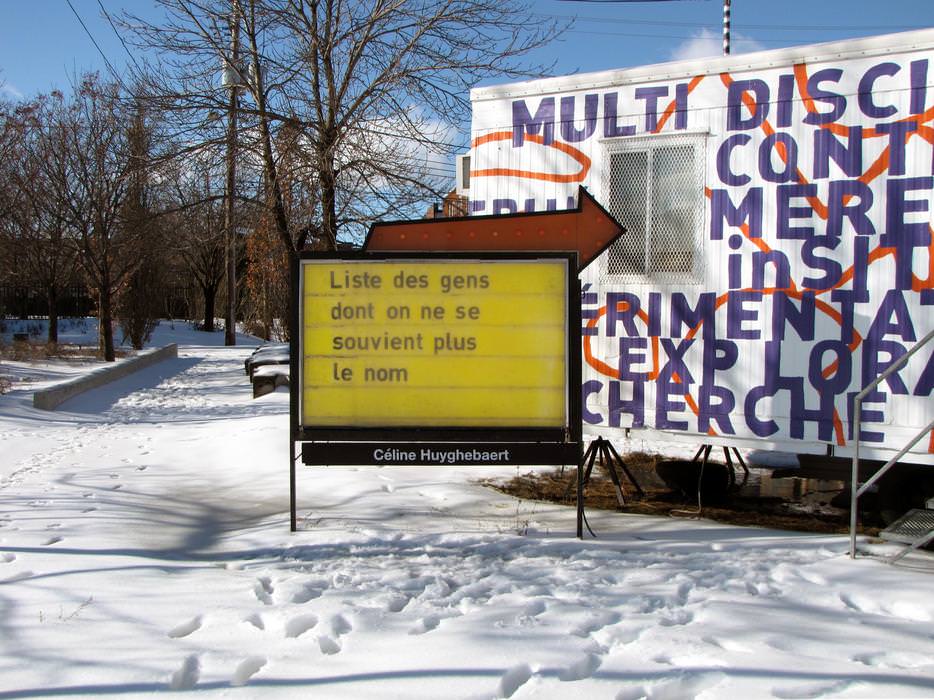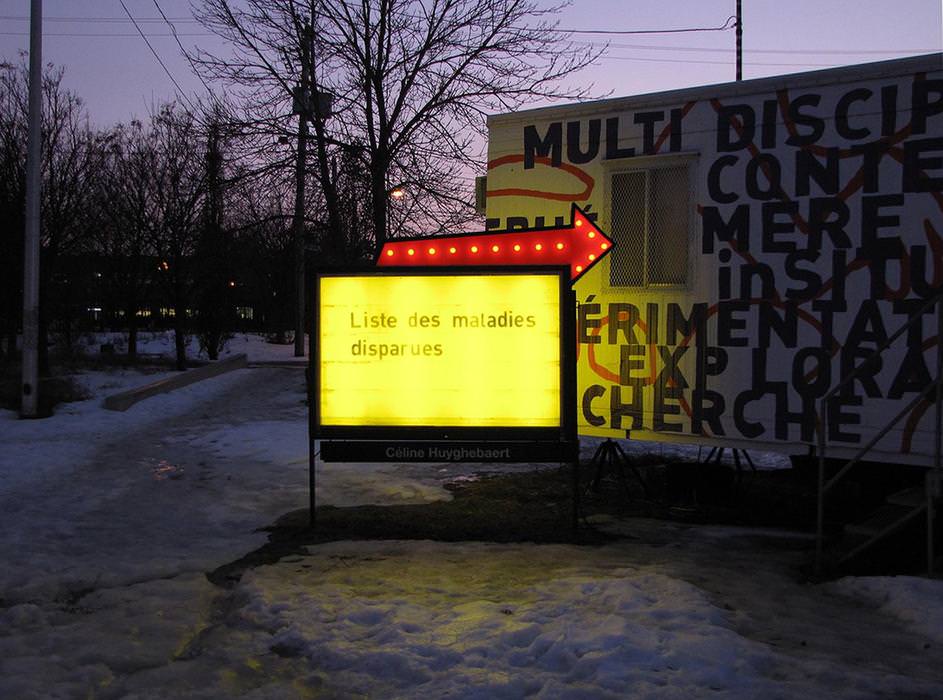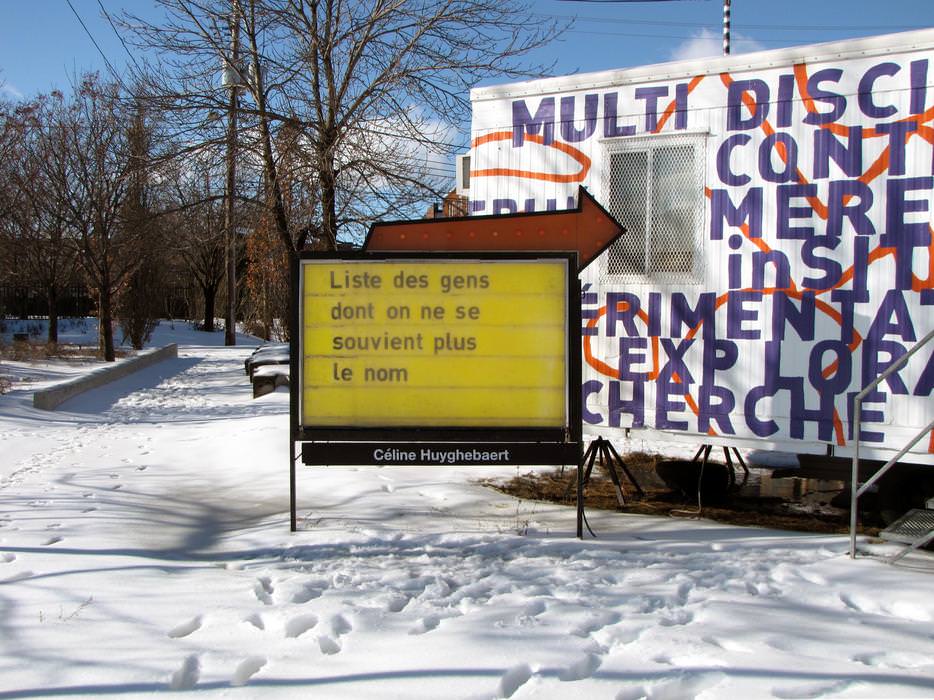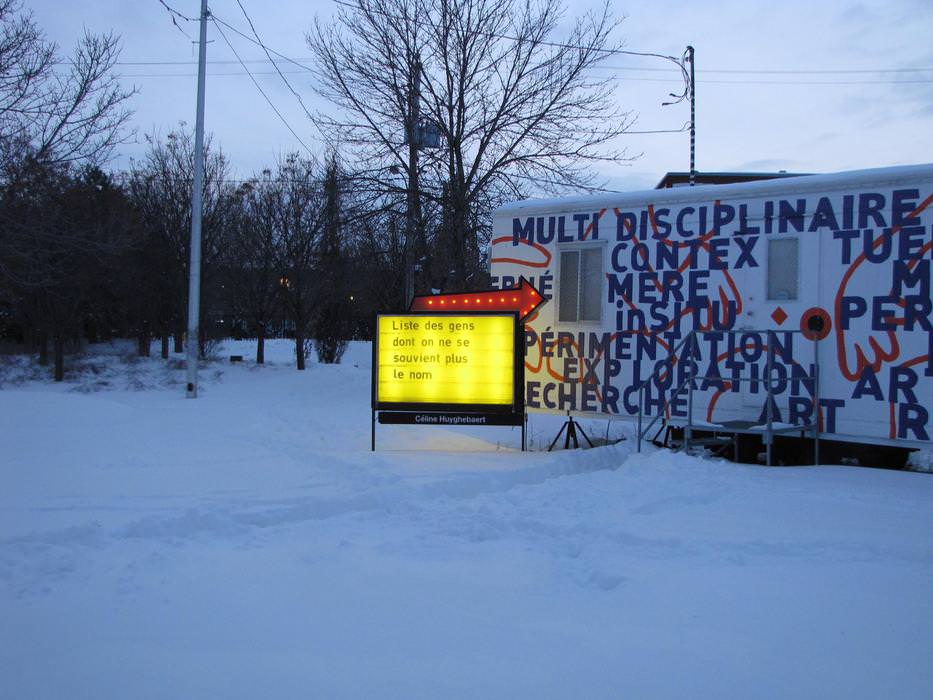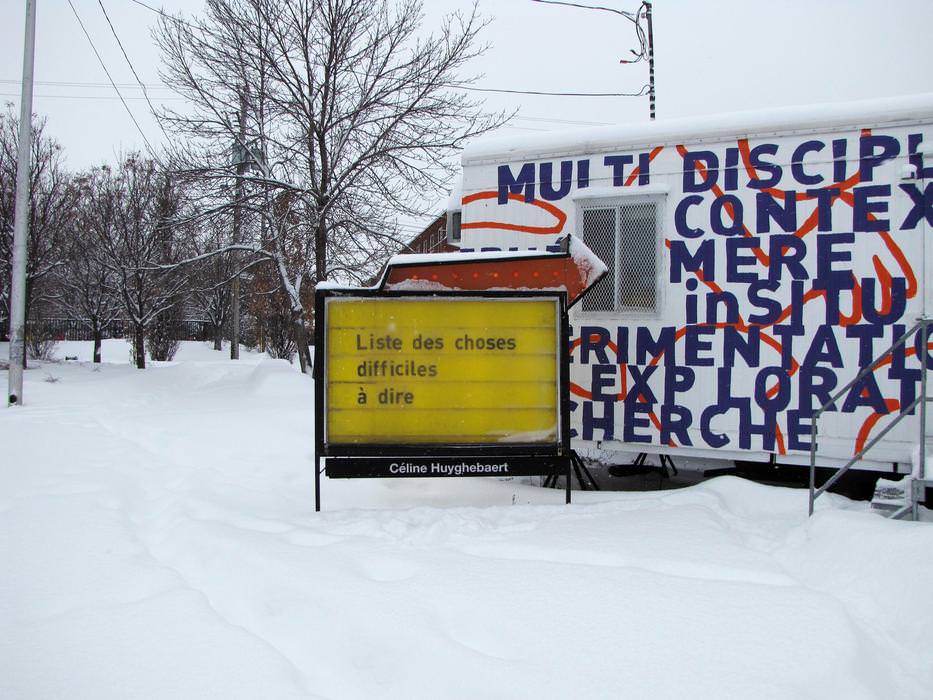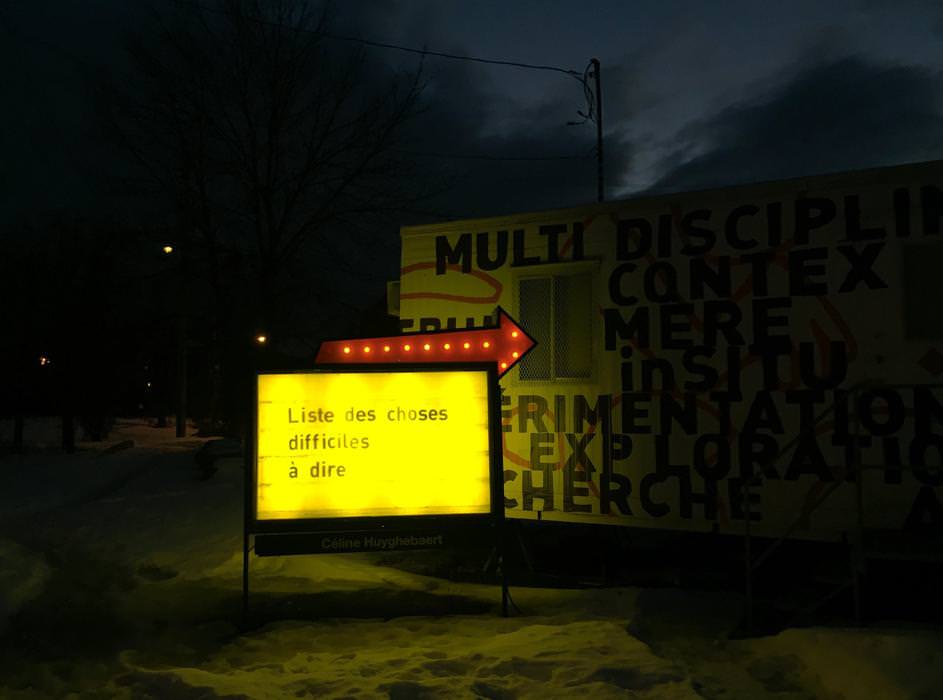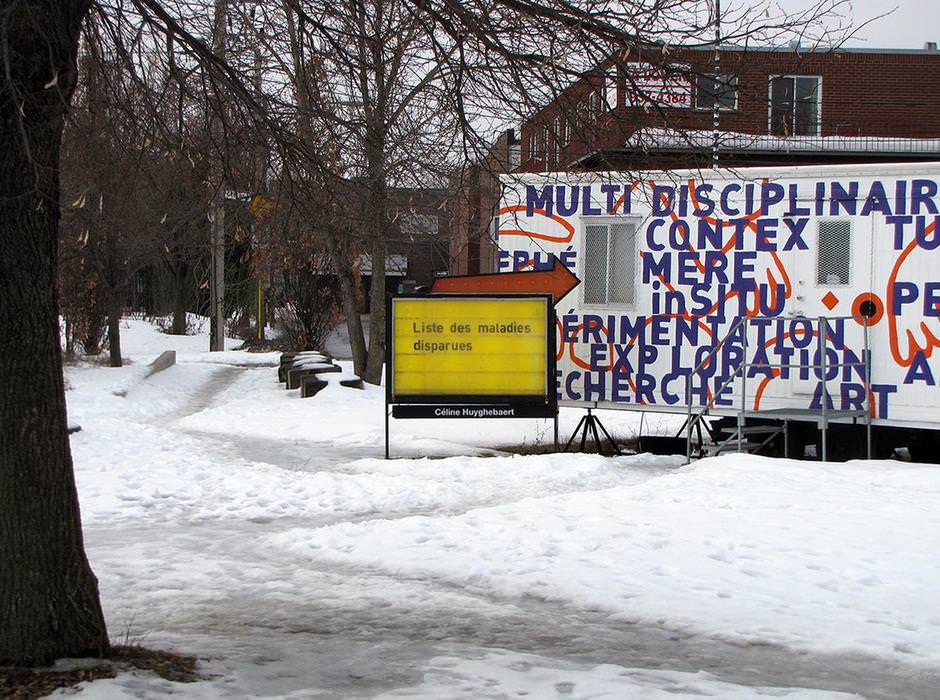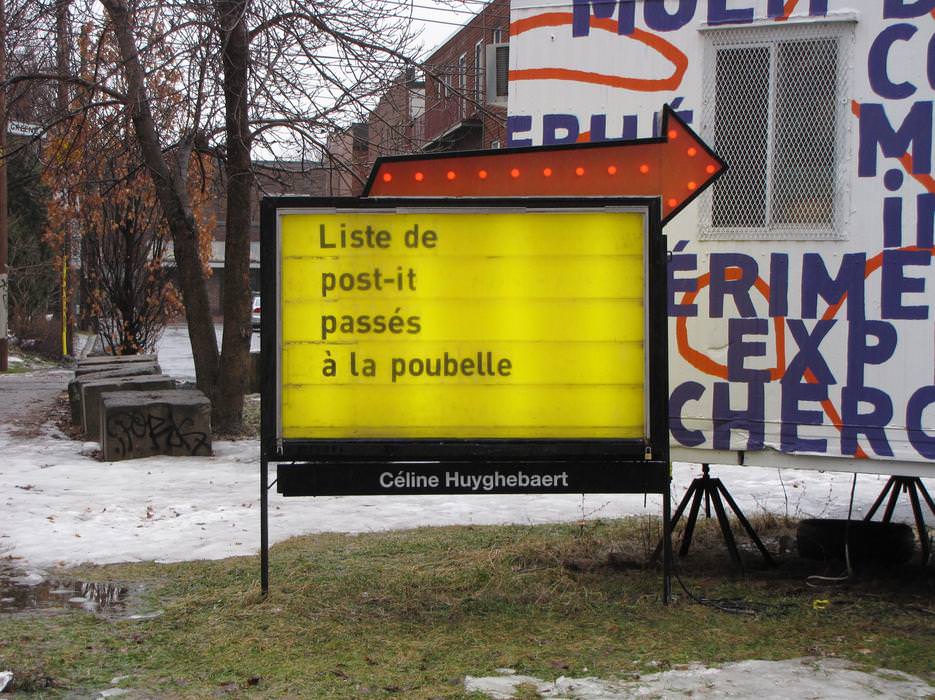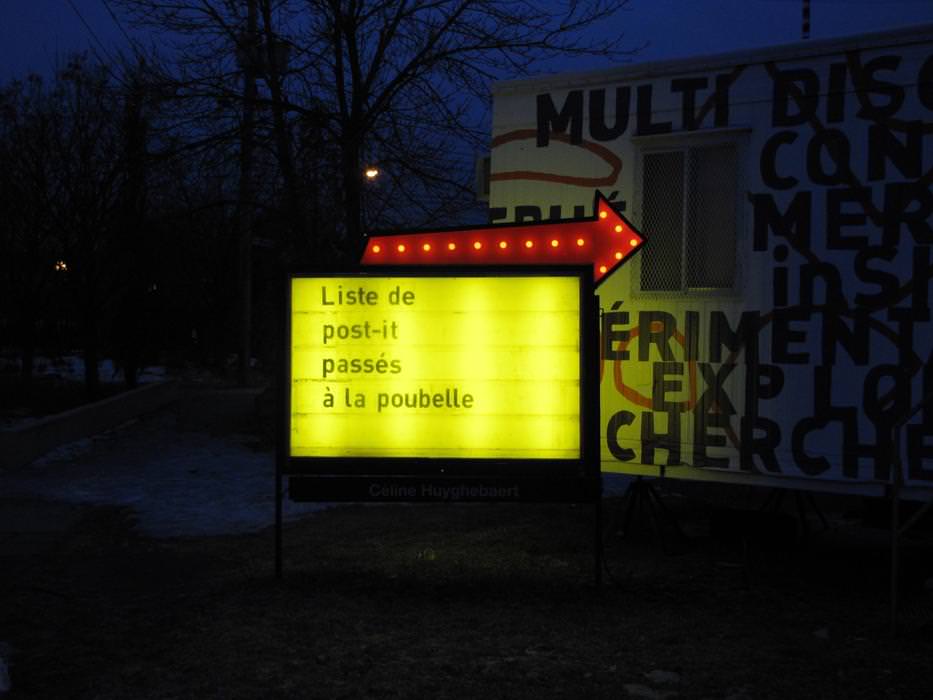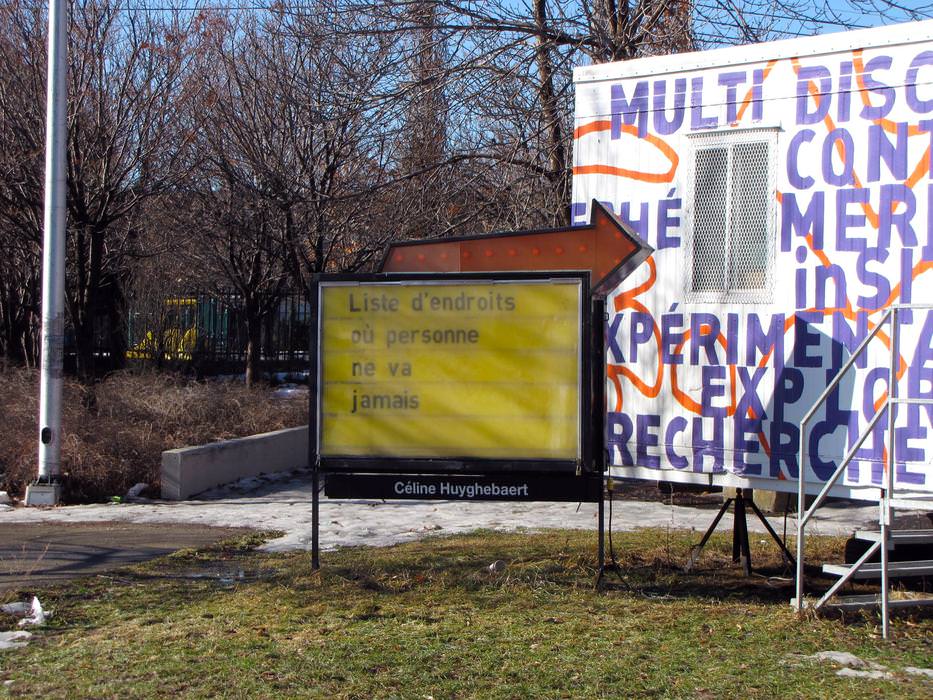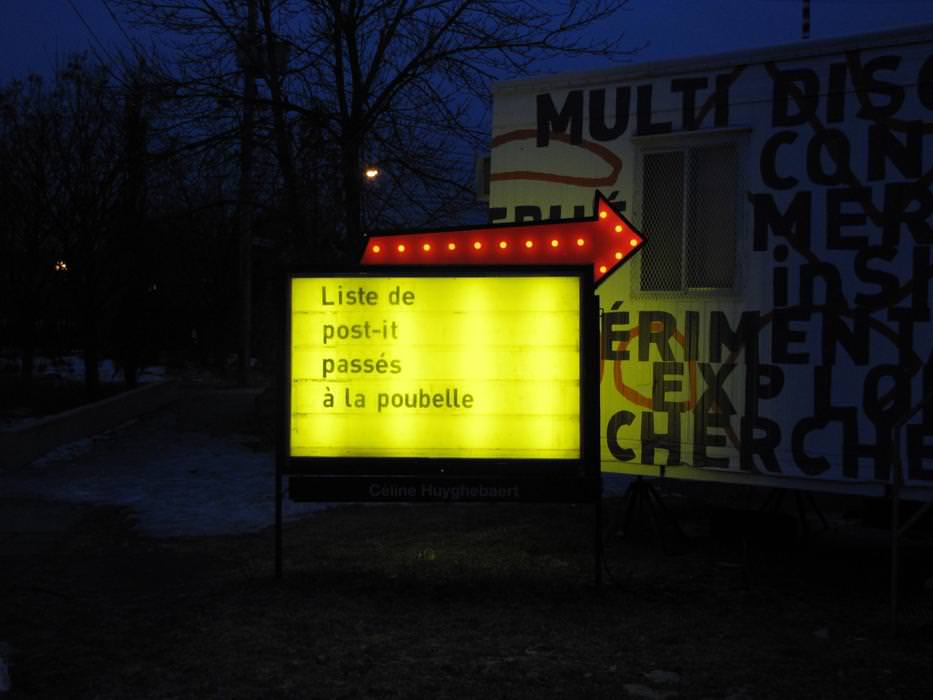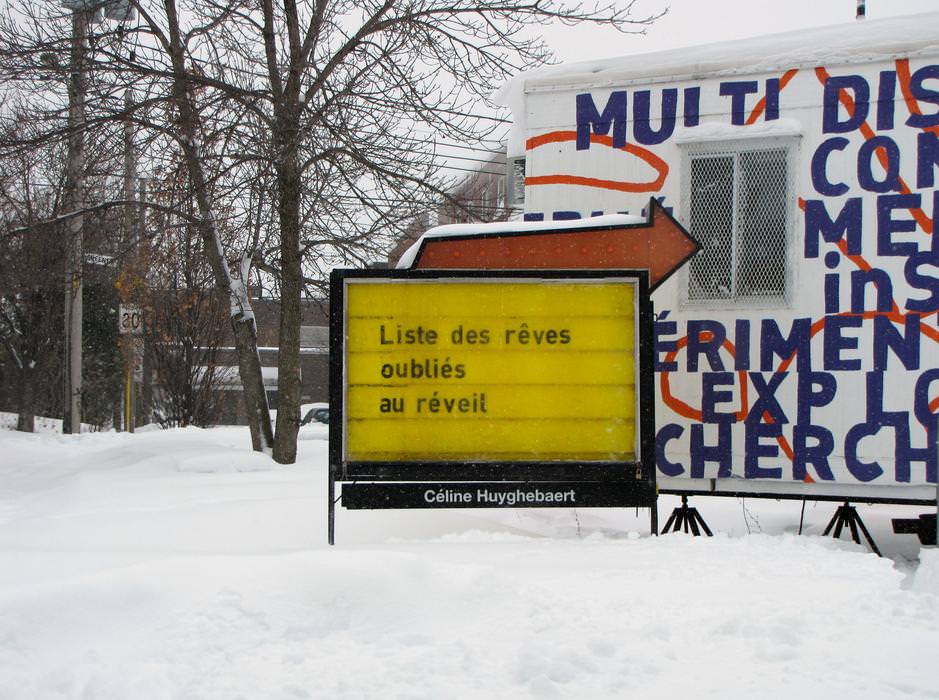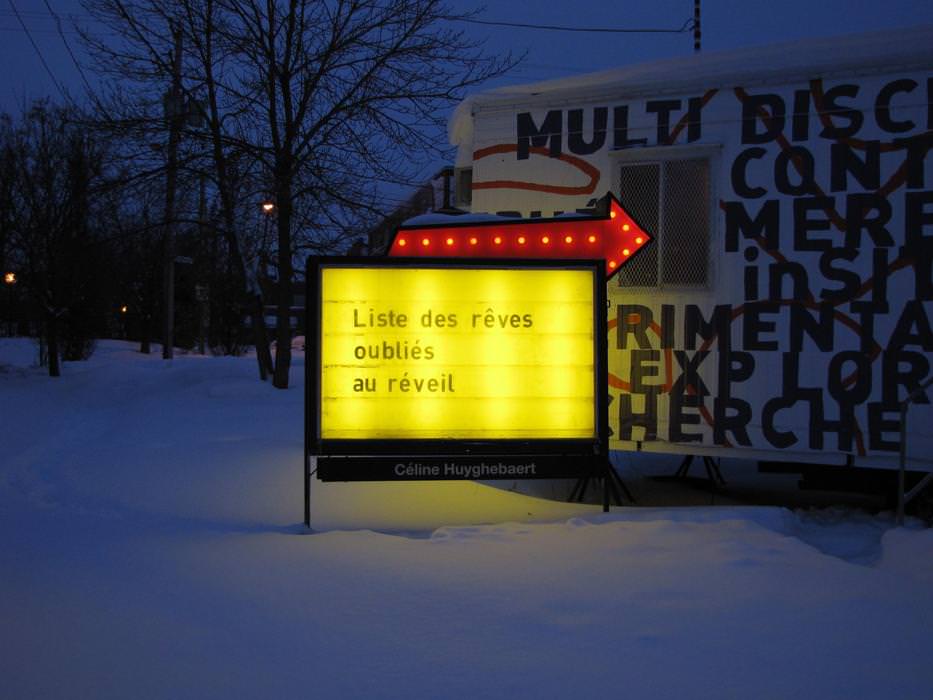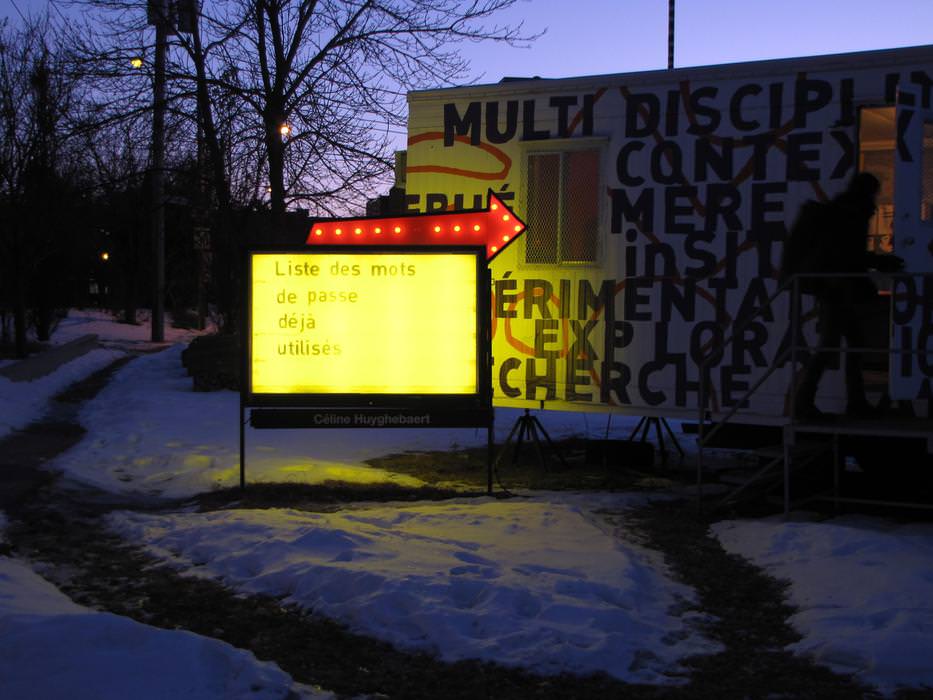Programming
CÉLINE HUYGHEBAERT
Inventaire des choses qui ne laissent pas de trace
My lists also track the ordinary. But an invisible ordinary. They give a density to things that leave no trace.
View more
In the banality of everyday life, something is always happening1.
Washing, buying toothpaste, calling the doctor, repairing the garage handle, asking for a week's vacation... Most of the tasks on our to-do lists are frivolous things that disappear as soon as they are done. Until they reappear on a later list. In his Bedtime Notes, Sei Shonagon 2 drew lists to try to capture the signs of the world. She wanted to keep all the things that had marked her. Janina Turek, on the other hand, noted everything that filled her days, without magnifying the ordinary. In the 728 notebooks that her daughter found after her death, she had archived day after day the list of her breakfasts, lunches and dinners, including the unexpected visits she had received, the objects found, the gifts given or received, and people seen from her window. Without the slightest personal comment. When her husband had returned from Auschwitz, she had not used a notebook to testify to the pain that Marguerite Duras poured into her when Robert L. appeared, scrawny, almost dead. No, Janina Turek had just indicated "Czeslaw Turek's visit" in the "Unplanned Visits 3" section.
My lists also track the ordinary. But an invisible ordinary. They give a density to things that leave no trace. List of people whose name has been forgotten, list of dreams that fade as soon as one wakes up, list of stifled gestures... I like the idea that if their enunciation is no longer possible, these omissions continue nonetheless. Exist in the form of empty spaces, blanks, "memory blank" which has the quality of giving a materiality to the void. Our space is filled with whites. These whites take up space, but we do not realize it.
These are things that have existed and have marked history imperceptibly. In a way, we can say that they exist in a negative form of history.
1 "Reality", Mariusz Szczygiel, in Life is a report, Editions black on white, 2005.
2 Sei Shonagon, bedside notes.
3 Information taken from the article "Reality", Mariusz Szczygiel dedicated to Janina Turek.
Originally from France, Céline Huyghebaert lives and works in Montreal. She holds a master's degree in literature from UQAM. In her practice, she uses the text and the book to explore what exists outside of the document and history. Her work as an artist and her research have been featured in several exhibitions, including Formats, the Côte-des-Neiges House of Culture and the Canadian Center for Architecture. Her texts have been published in various journals (Esse, Artzines, Cousins de Personne, Moebius, etc.), but also in experimental contexts of dissemination such as self-publication or wild dissemination. In 2016, she was in residence at Passa Porta in Brussels, La Chambre blanche in Quebec City and Atelier Circulaire in Montreal.
